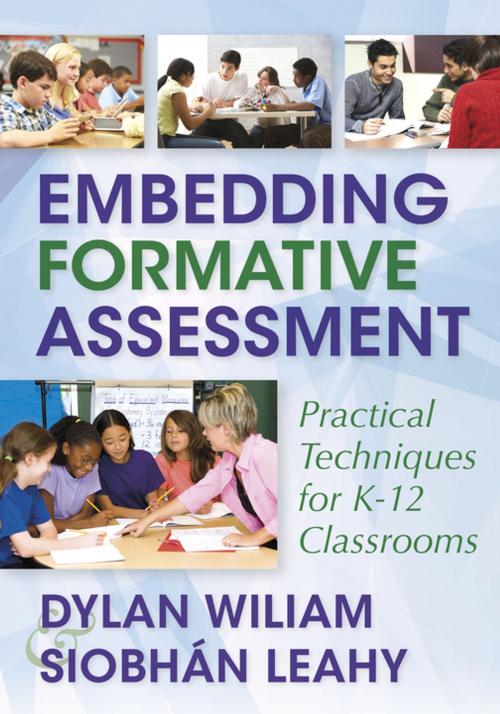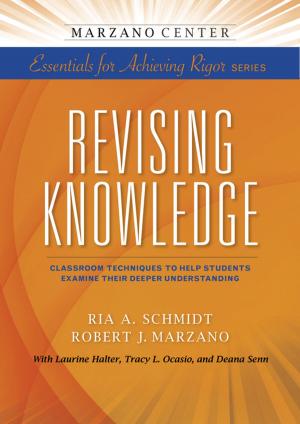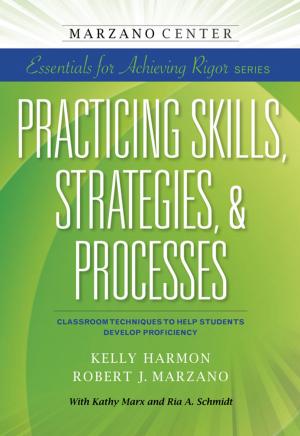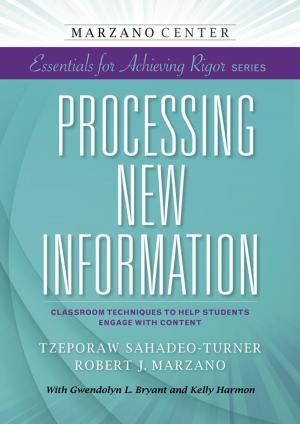Embedding Formative Assessment
Practical Techniques for K-12 Classrooms
Nonfiction, Reference & Language, Education & Teaching, Teaching, Teaching Methods| Author: | Dylan Wiliam, Siobhan Leahy | ISBN: | 9781941112694 |
| Publisher: | Learning Sciences International | Publication: | May 21, 2015 |
| Imprint: | Learning Sciences International | Language: | English |
| Author: | Dylan Wiliam, Siobhan Leahy |
| ISBN: | 9781941112694 |
| Publisher: | Learning Sciences International |
| Publication: | May 21, 2015 |
| Imprint: | Learning Sciences International |
| Language: | English |
Effective classroom formative assessment helps educators make minute-by-minute, day-by-day instructional decisions. This clear, practical guide for teachers centers on five key instructional strategies, along with an overview of each strategy and practical formative assessment techniques for implementing it in K–12 classrooms:
- Clarifying, sharing, and understanding learning intentions and success criteria
- Engineering productive discussion and activities that elicit evidence of learning
- Providing feedback that moves learners forward
- Activating students as learning resources for each other
- Activating students as owners of their own learning
The authors provide guidance on when and how to use the specific techniques, along with tips, cautions, and enhancements to sustain formative assessment.
Effective classroom formative assessment helps educators make minute-by-minute, day-by-day instructional decisions. This clear, practical guide for teachers centers on five key instructional strategies, along with an overview of each strategy and practical formative assessment techniques for implementing it in K–12 classrooms:
- Clarifying, sharing, and understanding learning intentions and success criteria
- Engineering productive discussion and activities that elicit evidence of learning
- Providing feedback that moves learners forward
- Activating students as learning resources for each other
- Activating students as owners of their own learning
The authors provide guidance on when and how to use the specific techniques, along with tips, cautions, and enhancements to sustain formative assessment.















